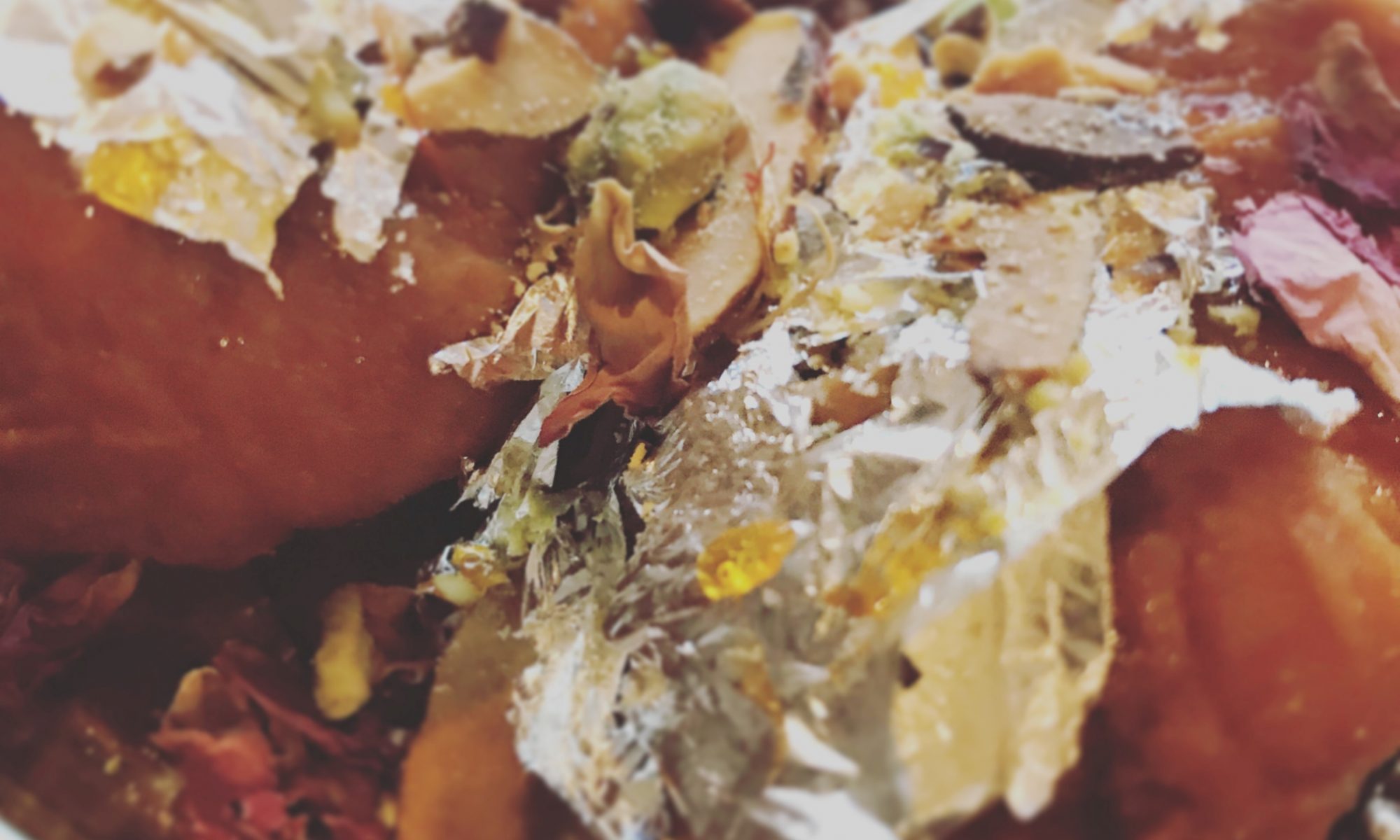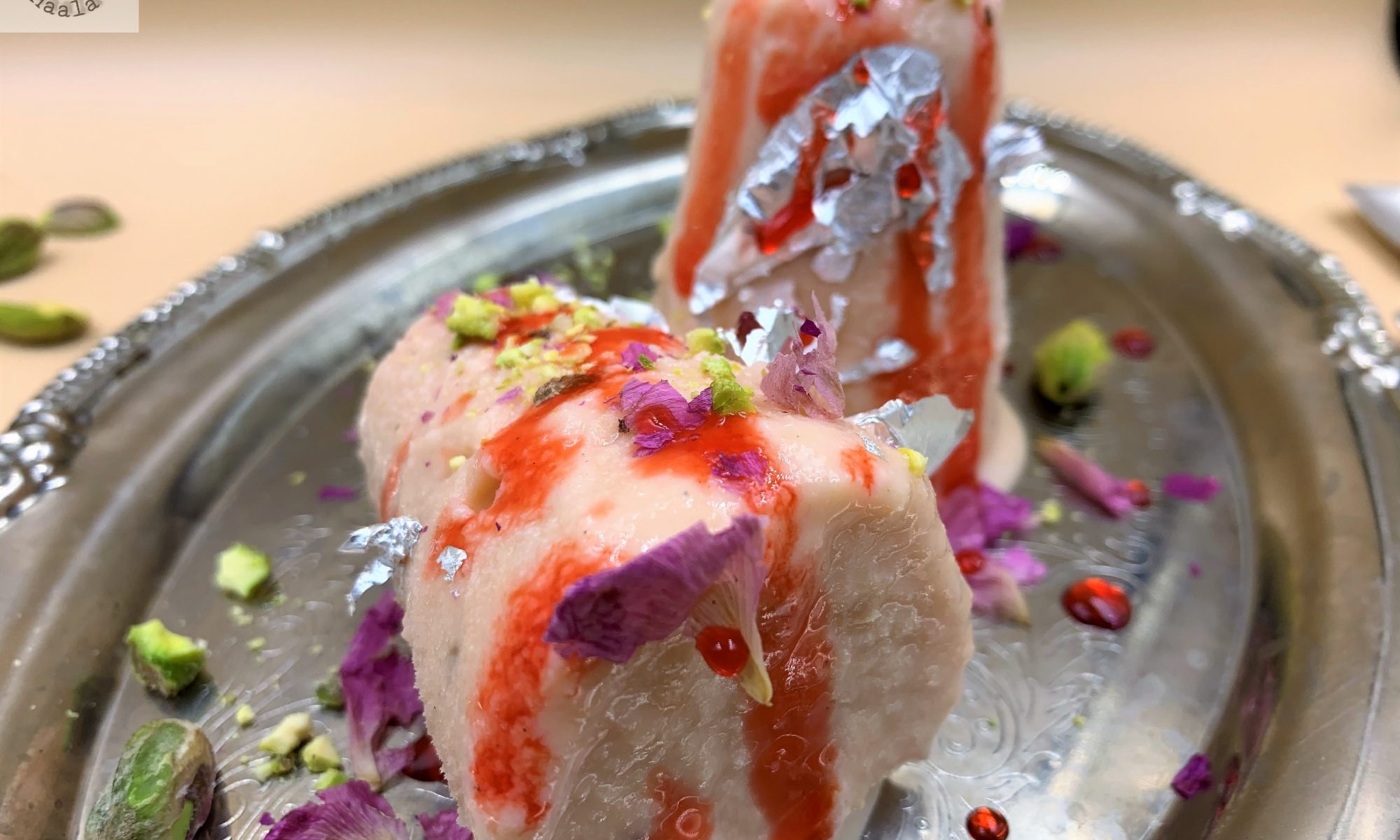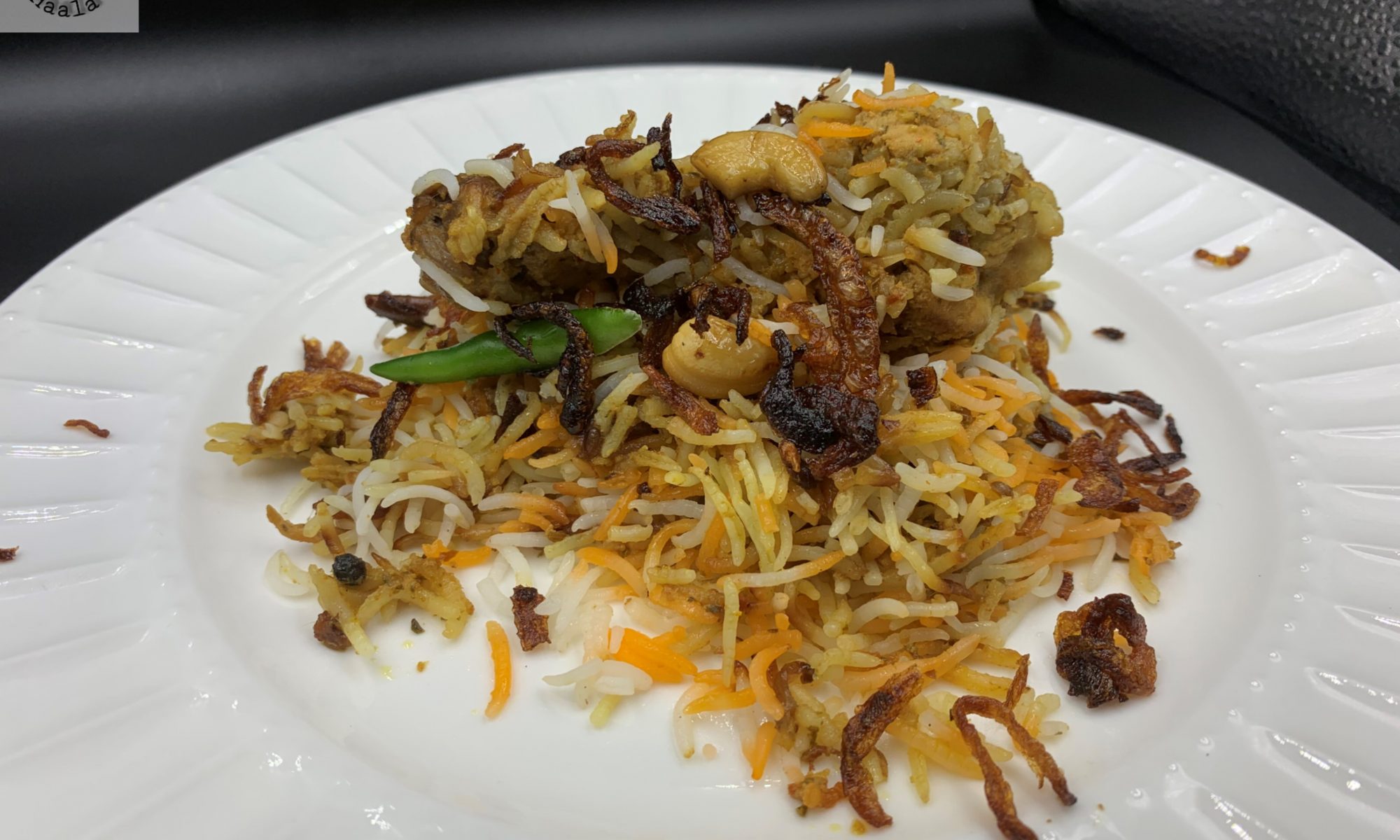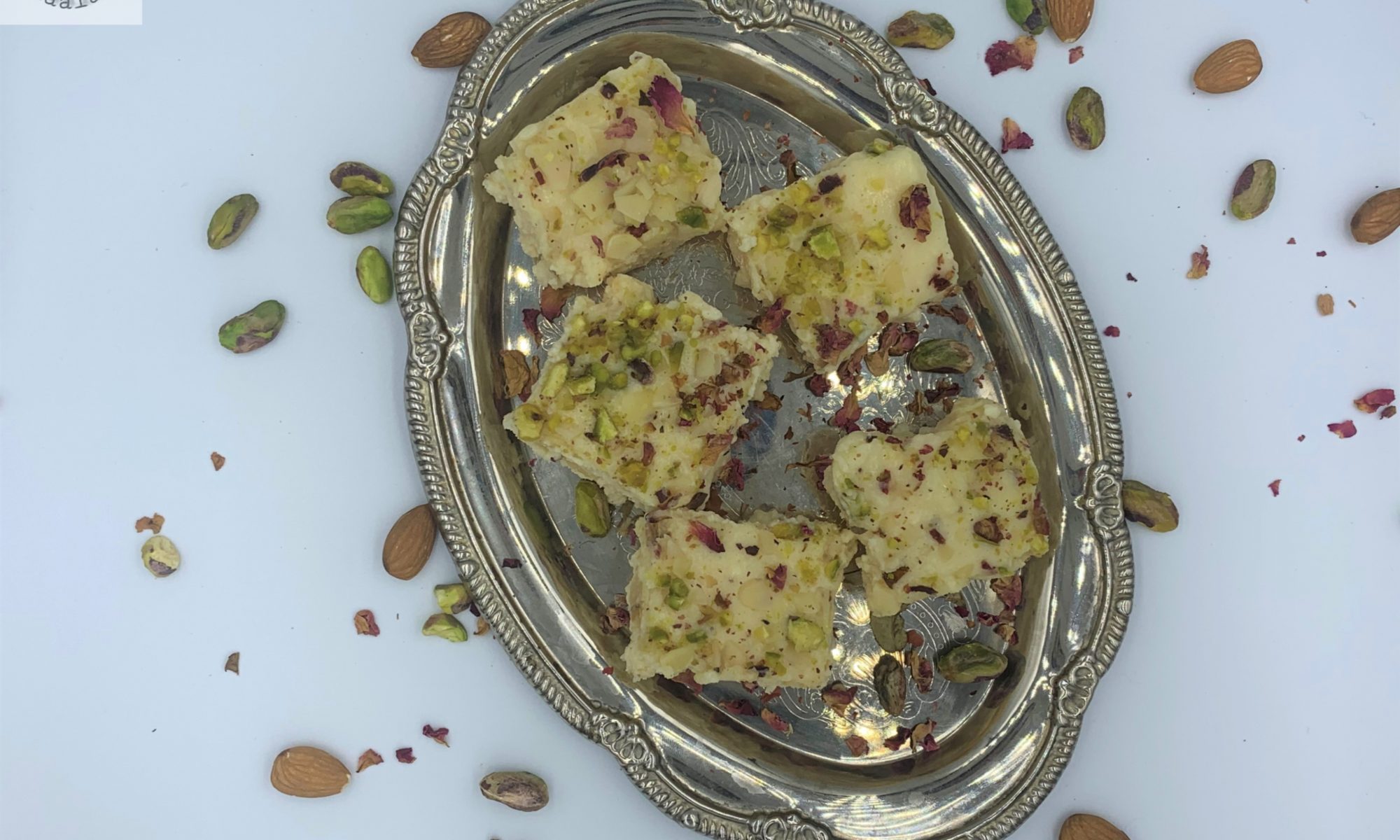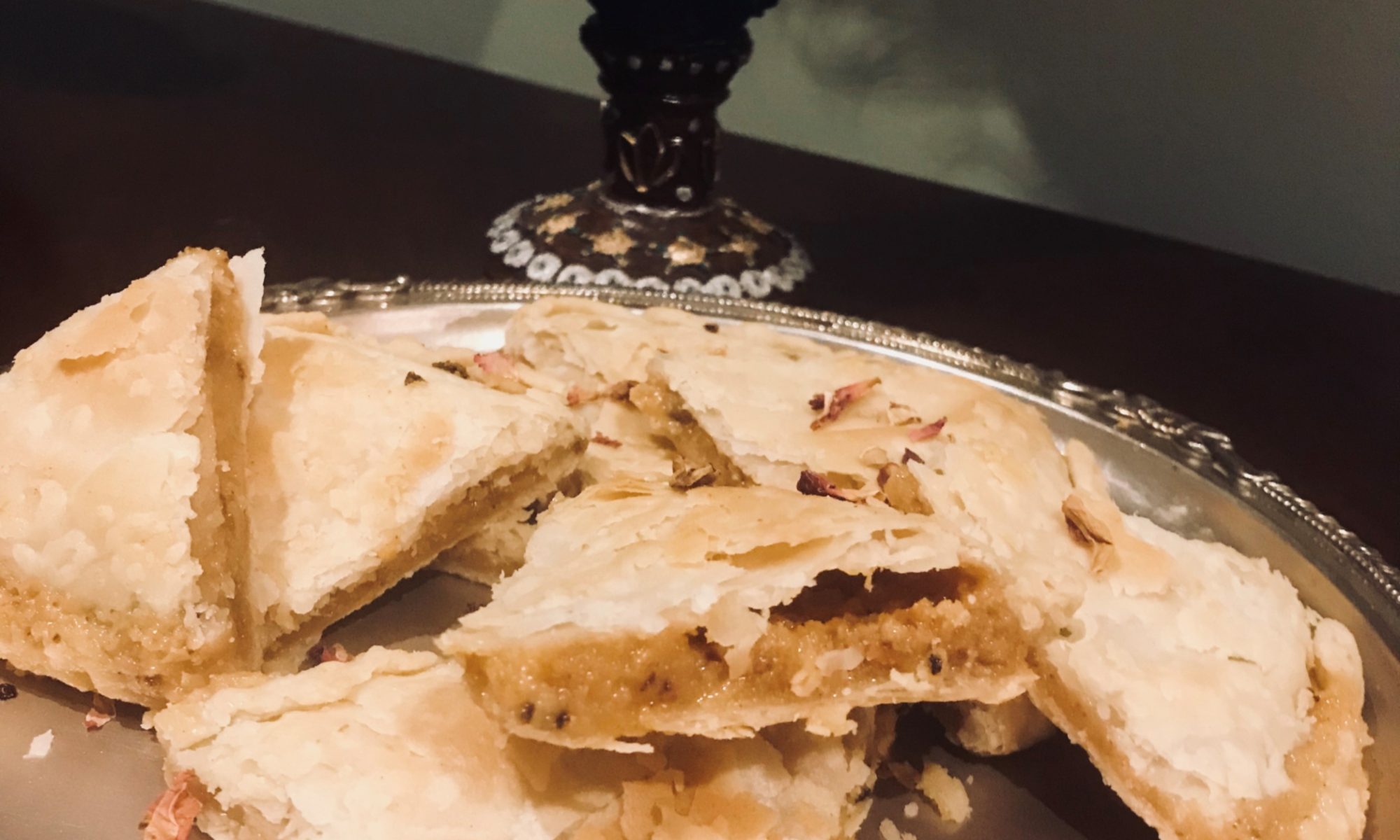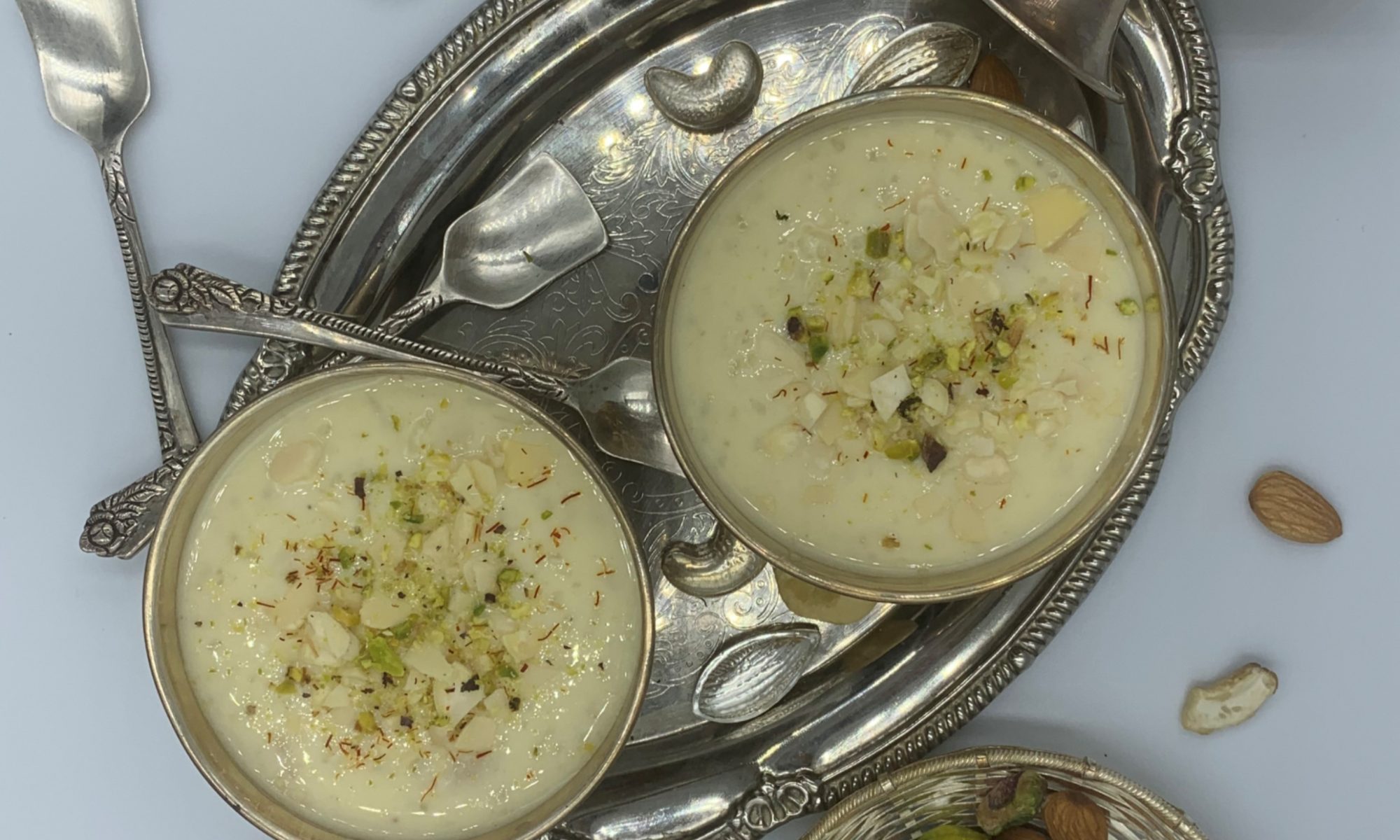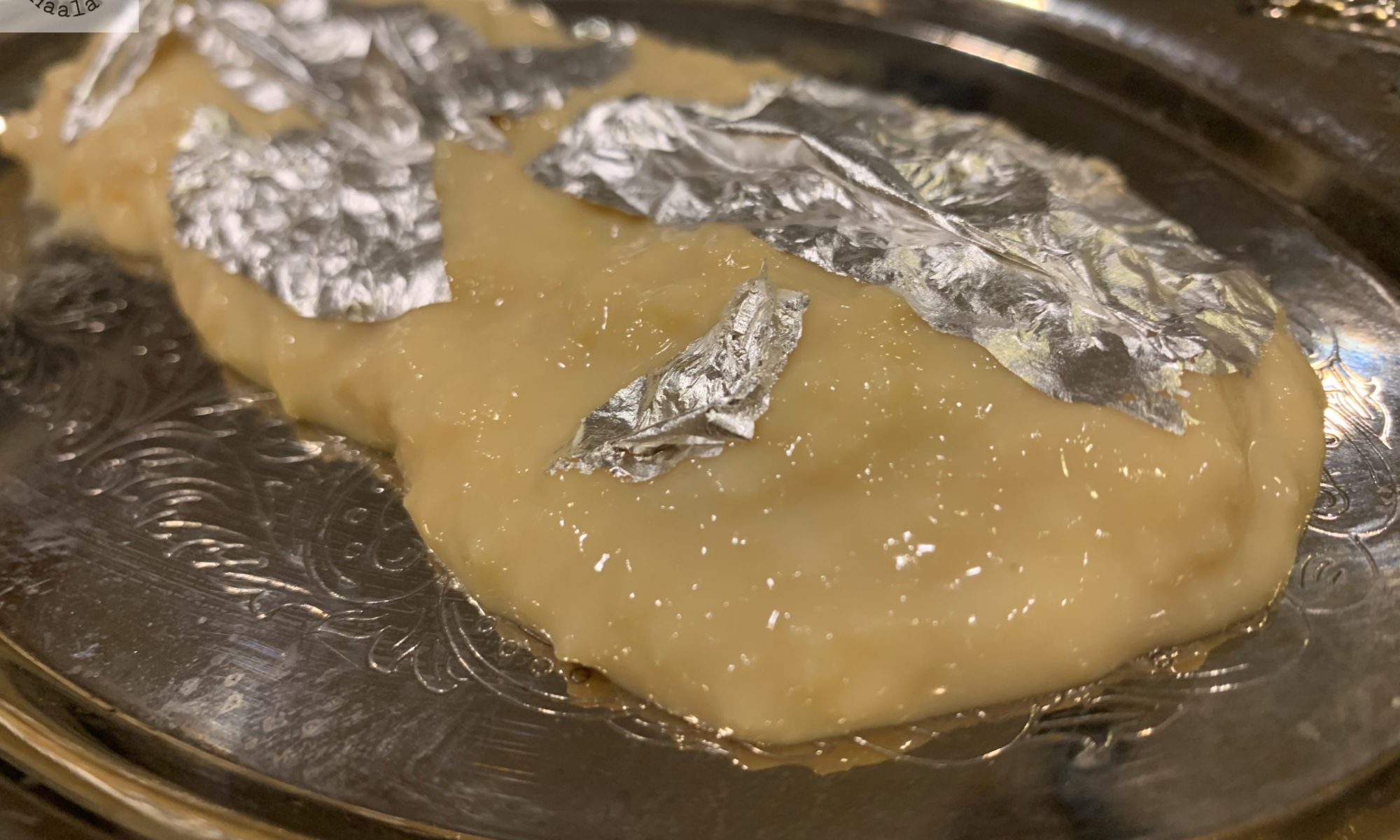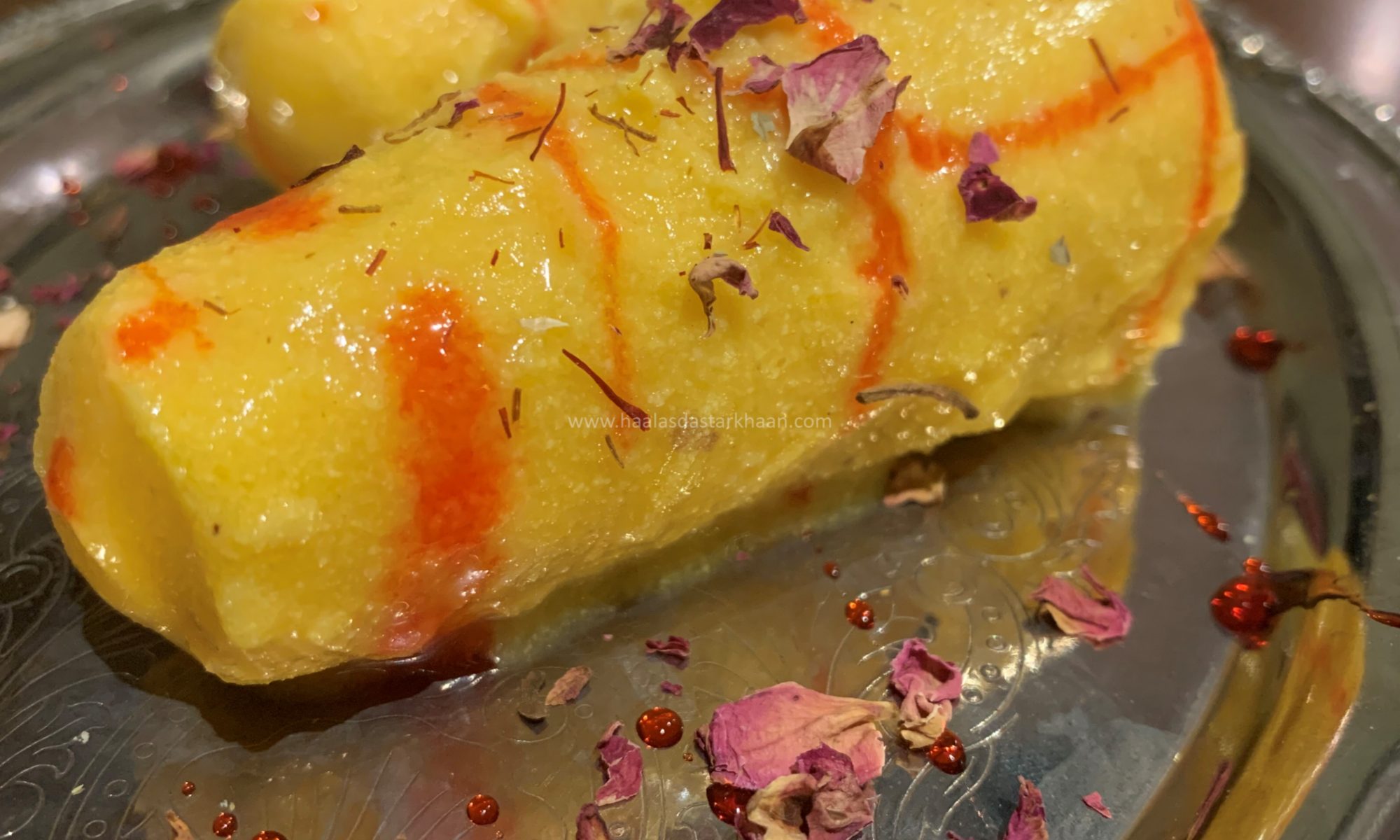Some sweets are connected to beautiful festivals. They always remind us of occasions and celebrations. I always connect Badusha or Balushahi with Diwali. I had friends who would serve homemade and sometimes store bought Badushas and they would be loved by everyone. I know this post should have actually been a Diwali special but sweets don’t need an occasion, they just need a sweet craving and zest and time to make a sweet dish.
Diwali is over but still posting this delicious balushahi recipe as I can’t resist my cravings and eternal love for Indian desserts or mithai. Since we don’t get Badusha in USA as it ain’t that popular here, mainly I feel its because the people have not tried it. So, I decided on making my own, multiple unsuccessful trials but I just had to make it perfect and I am glad I did. The temptation was too strong to let it go.
My mom is a big fan of this sweet dish. In fact I have heard stories that this was one of the sweet dishes made on my parent’s wedding. There is an old sweet market in my home city Jodhpur called “Pongal pada” and the street has variety of Badushas in different colors and textures and are called Maakhan Bada [meaning sweets made using butter]. Though Badusha is soaked in sugar syrup, the Maakhan Bada is covered with thick coated sugar, something close to fondant but slightly hard.
Once I cracked the recipe of the Badusha, there was no looking back. Its easy, flaky and your desire to eat just one, Did I say eat just? No one eats just one Badusha. Never!!! Its Balushahi in North India and called Badusha in South India. So, no matter what you call it, do try the recipe and make your own. These come out awesome, flaky and light. Once you try them, you will never bother getting them from the market sweet store anymore. Hope you like and enjoy them as much as I did.

